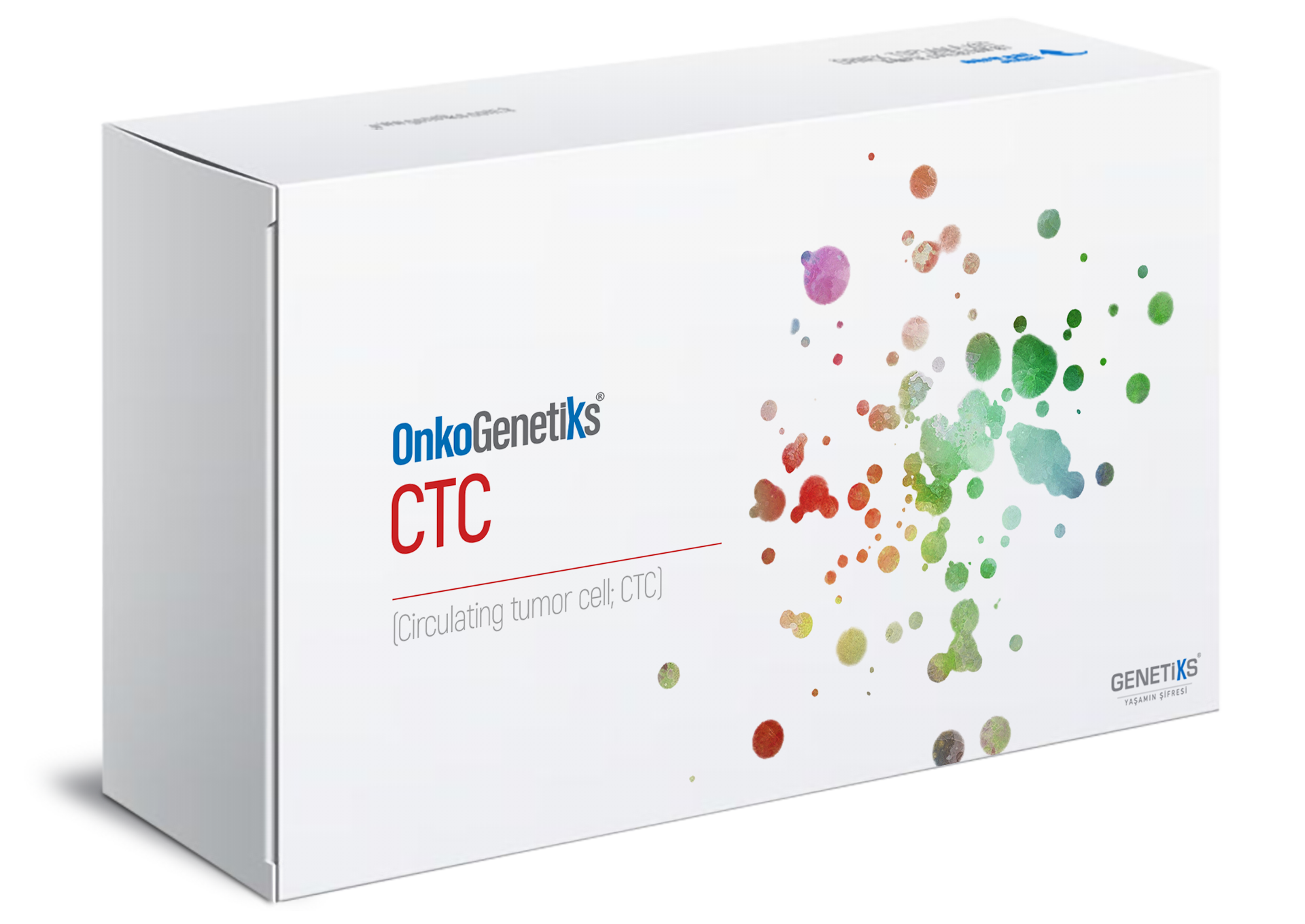
OnkoGenetiks® CTC
Circulating Tumor Cells Analysis
Non-invasive CTC detection provides useful information on metastatic risk, disease progression and treatment efficacy with 8 biomarkers.
What is CTC?
The number of circulating tumor cells (CTC) should be tested serially before and during treatment. CTC count can help prognosis and determine treatment efficacy.
Circulating Tumor Cells (CTC) provide a blood biomarker for early carcinogenesis, cancer progression and treatment efficacy.
Why OncoGenetiks CTC Analysis?
CTC detection offers several advantages compared to traditional tissue biopsies. They are non-invasive, can be done repeatedly, and provide more useful information about metastatic risk, disease progression, and treatment efficacy. For example, analysis of blood samples from cancer patients has found a trend for increased CTC detection as the disease progresses.
Blood tests are easy and safe to perform, and multiple samples can be taken over time. In contrast, analysis of solid tumors requires invasive procedures that may limit patient compliance. The ability to monitor disease progression over time can facilitate appropriate change in a patient's treatment and potentially improve their prognosis and quality of life.
Blood tests are easy and safe to perform, and multiple samples can be taken over time. In contrast, analysis of solid tumors requires invasive procedures that may limit patient compliance. The ability to monitor disease progression over time can facilitate appropriate change in a patient's treatment and potentially improve their prognosis and quality of life.
An important aspect of the ability to predict future disease progression is the (at least temporarily) elimination of the need for surgery when repeated CTC counts are low and not increasing. To this end, technologies with the necessary sensitivity and reproducibility have been developed to detect CTCs in patients with recent metastatic disease.
On the other hand, CTCs are very rare, usually only a few cells per milliliter of blood, making their detection extremely difficult. In addition, they often express a variety of markers that vary from patient to patient, making it difficult to develop techniques with high sensitivity and specificity.
Markers used in OnkoGenetics CTC analysis: EpCAM, Vimentin, CD31, CD133, CK19, Muc1, OCT-4, CD45
On the other hand, CTCs are very rare, usually only a few cells per milliliter of blood, making their detection extremely difficult. In addition, they often express a variety of markers that vary from patient to patient, making it difficult to develop techniques with high sensitivity and specificity.
Markers used in OnkoGenetics CTC analysis: EpCAM, Vimentin, CD31, CD133, CK19, Muc1, OCT-4, CD45
How OnKoGenetiKs™ Fusion Test is done?



